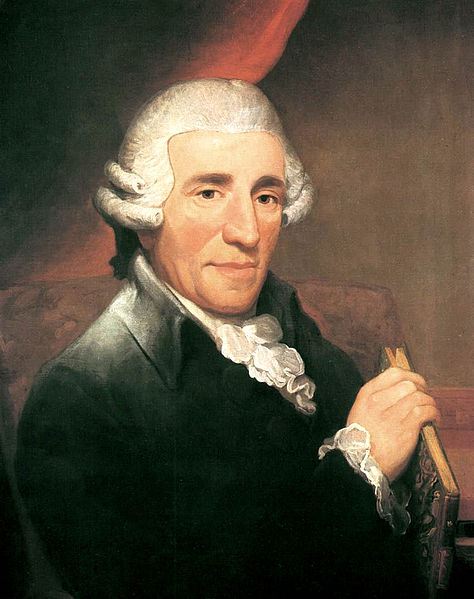Haydn, Piano Trio in C Major, Hob. XV: 27
The piano trio of the Classical era grew out of the Baroque trio sonata. The long-popular Baroque trio sonata featured a solo instrument accompanied by what was called the basso continuo consisting of harpsichord and viol da gamba (a forerunner of the cello; gamba = leg). The harpsichord provided the harmonic structure and the viol da gamba reinforced the bass line.

The emphasis gradually shifted from the solo instrument to the keyboard in some late Baroque works of the mid 18th century. Some went so far as to leave the strings as optional accompaniment, yielding essentially a solo keyboard work. This trend continued into the early Classical period as the newly invented pianoforte supplanted the harpsichord and became the predominant instrument for music-making in the home. The piano carried the load. The cello part retained its role as support for the harmony. The three instruments of the piano trio would not become truly equal players until the 19th century.
In this piano trio by Haydn, we can see some of the growing independence of parts, but the piano still has a clearly predominant role. The cello often doubles the lowest notes of the piano part. The violin often doubles the melody in the piano or provides accompaniment. Very rarely does the piano allow the strings to share the limelight.
The work represents Haydn’s mature Classical style. Haydn wrote this work (one of a set of three piano trios) in 1797 after his return from London and after he had gained considerable fame and stature.
As the Classical music historian, Charles Rosen, noted:
Haydn’s imagination is particularly luxuriant in these trios. Unconstrained by considerations of public effect, as in the symphonies or by impressive refinements of style as in the quartets, Haydn wrote them for the sheer pleasure of the solo instrumentalists.



